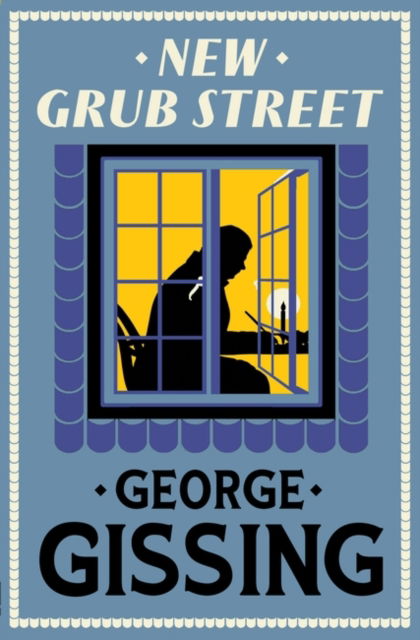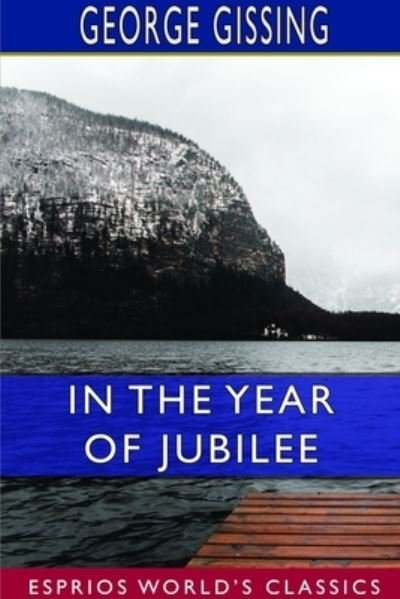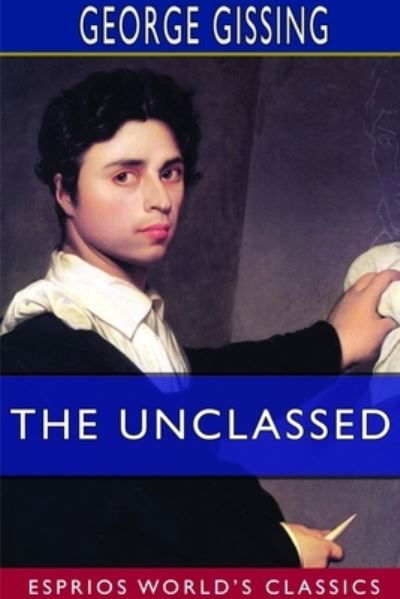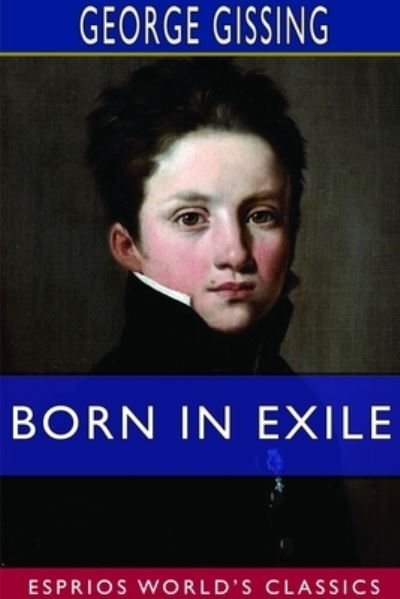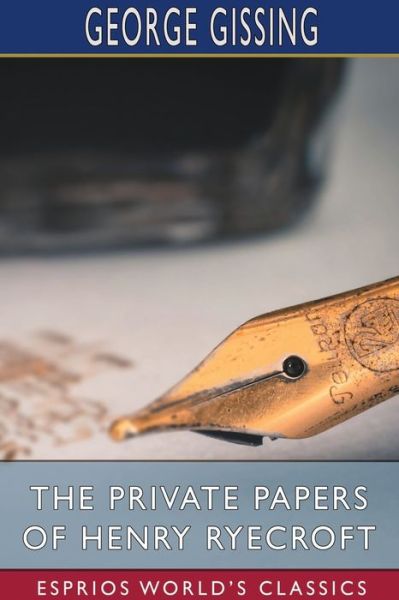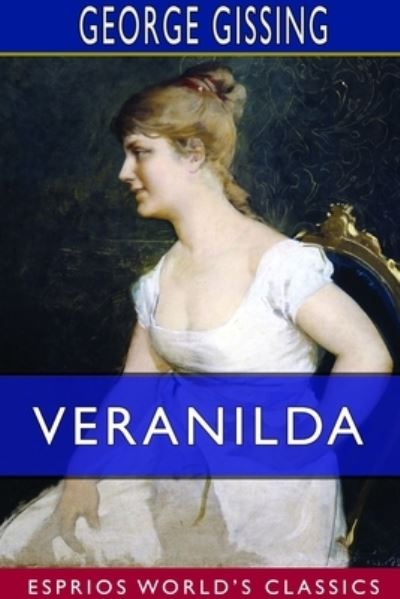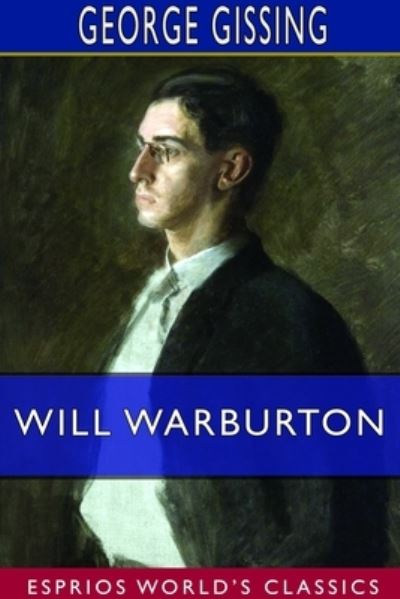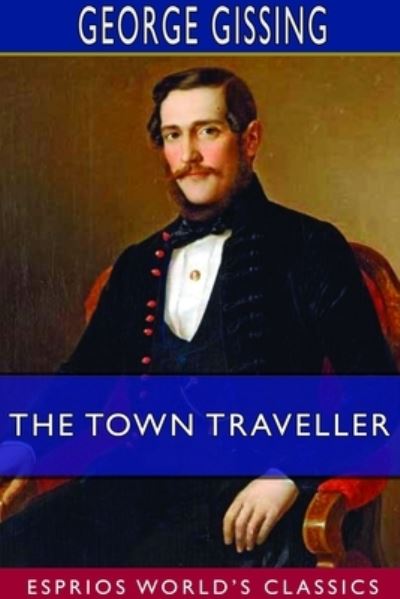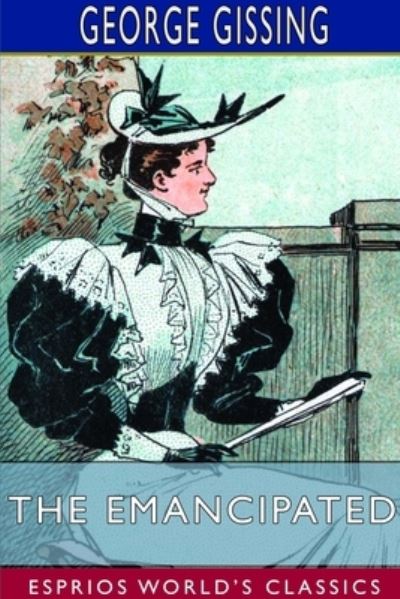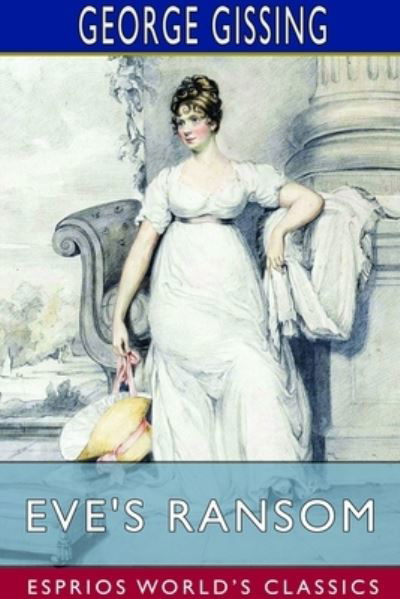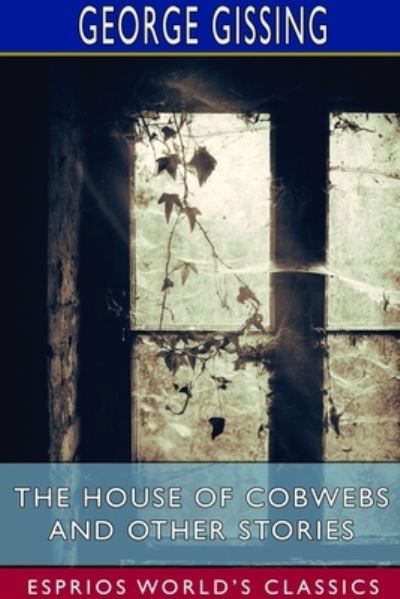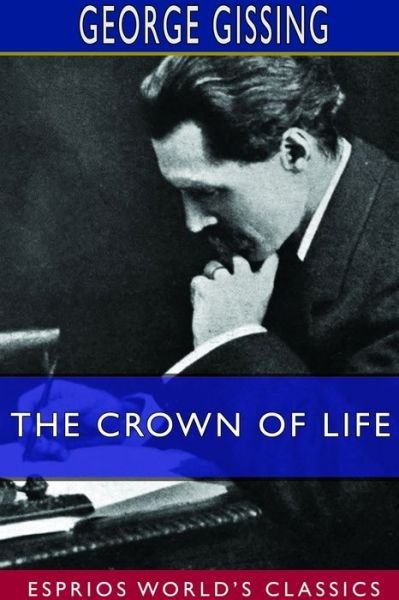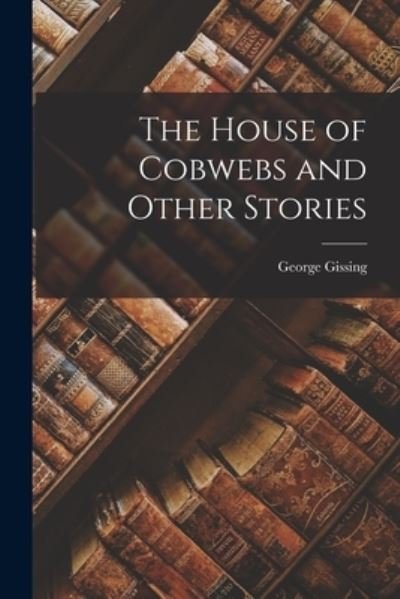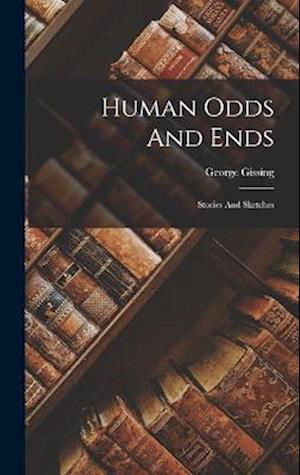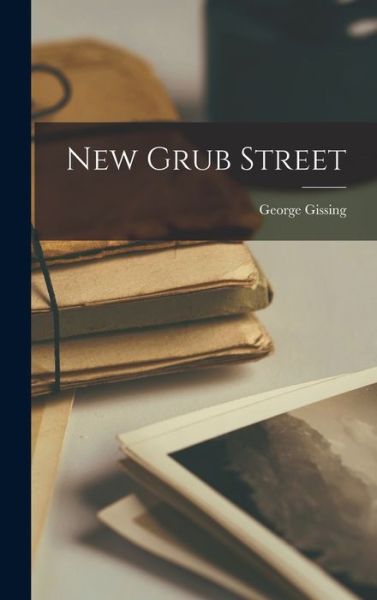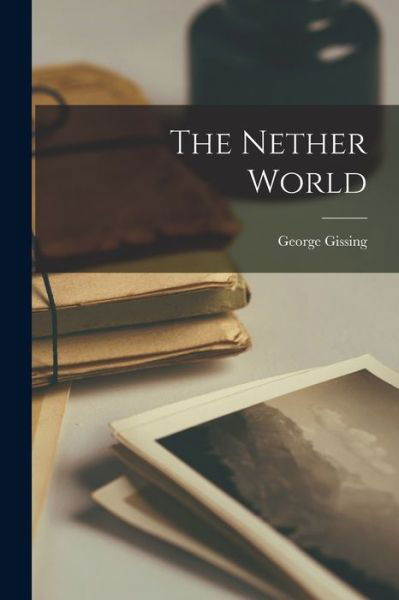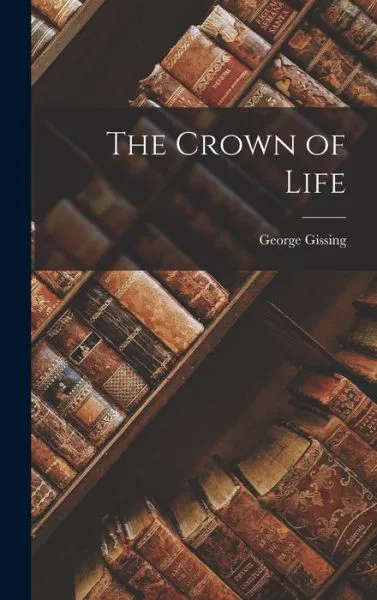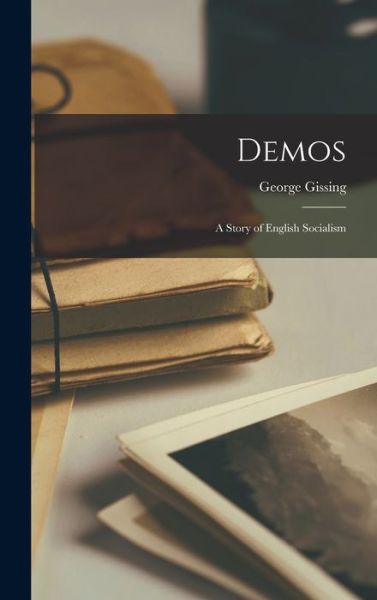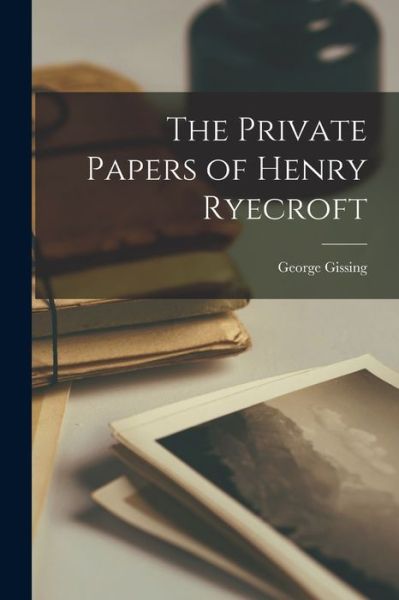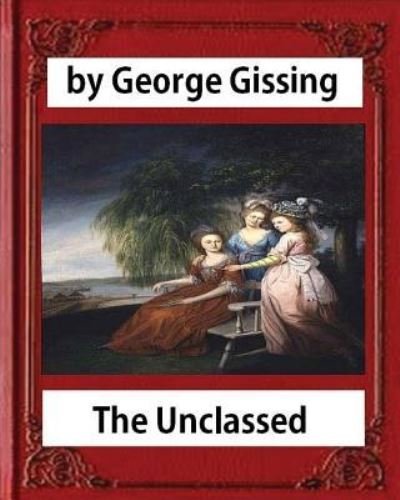
Tell your friends about this item:
The Unclassed, by George Gissing novel-illustrated
George Gissing
The Unclassed, by George Gissing novel-illustrated
George Gissing
Although little-known today, George Gissing's (1856 - 1903) second published novel "The Unclassed" deserves to be read and remembered. The book was written in 1884 and published as a three-decker novel for which Gissing received the paltry sum of 30 pounds. In 1895, when he had received some recognition as a novelist, Gissing edited "The Unclassed" by cutting about one-third of the initial text and writing a short Preface. Although it seems to me the weaker of the two versions, the second edition of "The Unclassed" is virtually always used when the book is reissued. The novel was an ambitious effort for a young struggling writer of 26, with broad themes of love, friendship, social alienation, and urban life. It includes powerful scenes of the slums of Victorian London and a treatment of prostitution which, for its day, was frank and explicit. With all this, "The Unclassed" is primarily a love story. Waymark is torn between two women, the conventional, prim and religious Maud Enderby and Ida Starr. Ida is working as a prostitute when Waymark meets her. The two establish a friendship as Waymark brings her books and encourages Ida's interest in educating and uplifting herself. Casti is manipulated into marriage by a woman named Harriet Smales who also is a prostitute. But in contrast to Ida, Harriet is lowlife. She ultimately destroys both Casti's manuscripts and his life and bears false witness to send Ida Starr to six months in prison. With his terrible marriage, Casti also falls in love with Ida, one of the love interests of Waymark, provoking both Waymark's and Harriet's jealousy. The novel is at its best in the portrayals of the squalid parts of London, where Waymark takes work as a collector of rents to support himself while he writes his long novel, including the filthy tenements and the sordid bars. Gissing also has a sense for portraying viciousness in the persons of Harriet and Smiley, a denizen of the slums. The book also shows bohemian literary life as it describes long conversations into the night between Waymark and Casti on art, philosophy, and literature. Both Waymark and Casti are inveterate walkers at all hours of the London streets, and Gissing captures their endless ramblings through the city. Although restrained to meet Victorian expectations, there is much discussion in this book about middle-class sexual standards and expectations and about prostitution in the persons of Ida, Harriet, and some other women. In the best-known scene of "The Unclassed", Ida Starr immerses herself in the ocean on a dark night during a brief holiday in the hopes of cleansing what she sees as the stain of her way of life and beginning anew. The book is frequently criticized for its idealistic, romanticized portrayal of Ida Starr. Gissing seems all-to-ready to assume her ability to rise in a short time to a high emotional and intellectual level given the life in which she finds herself. The book also appears conflicted between its apparent goal of taking a realistic, dispassionate look at slum life on the one hand, and the preaching, didactic, and idealistic elements which permeate the story. The book moves uneasily between a realistic novel and a novel of ideas. But these conflicts are also part of the book's, and the author's, unique strength and character. This form of divided sensitivity is still prevalent for many and is a source of the fascination and passion that a group of readers still has for Gissing.
| Media | Books Paperback Book (Book with soft cover and glued back) |
| Released | May 2, 2016 |
| ISBN13 | 9781533050533 |
| Publishers | Createspace Independent Publishing Platf |
| Pages | 204 |
| Dimensions | 203 × 254 × 11 mm · 412 g |
| Language | English |
More by George Gissing
See all of George Gissing ( e.g. Paperback Book , Hardcover Book , Book and CD )

 Christmas presents can be returned until 31 January
Christmas presents can be returned until 31 January



